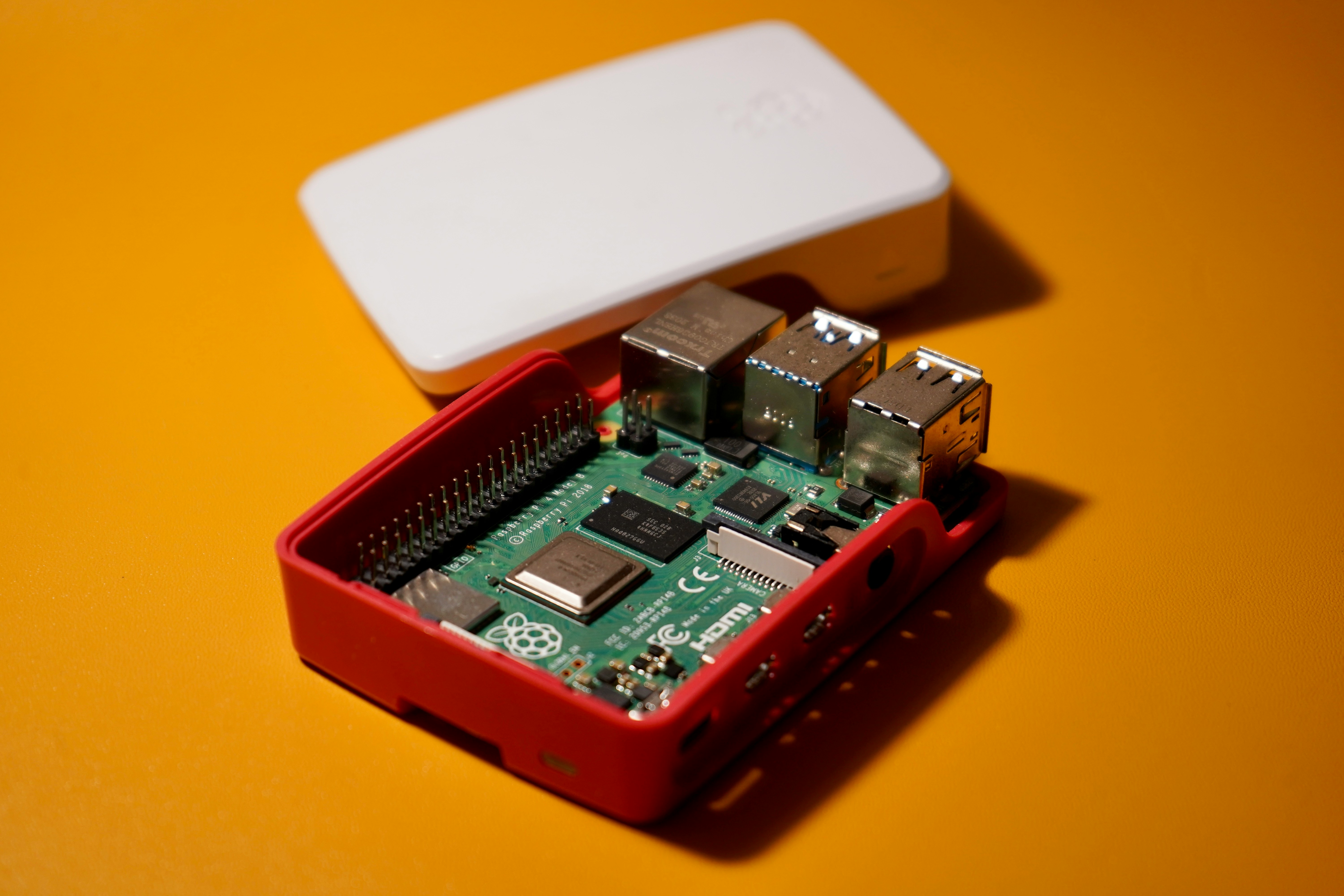High Fidelity
High Fidelity
High Fidelity
Full-Scale Prototype

Overview
A Full-Scale Prototype is one of the highest-fidelity experiments we run, allowing us to create a life-sized physical representation of a product or service experience. At Future Foundry, we use this test when we need to simulate reality as closely as possible, particularly for spatial designs, interactive experiences, or large-scale products. This method is useful for testing retail environments, service flows, vehicle interiors, and even architectural concepts before finalising production. By letting customers experience the prototype at full scale, we gather deeper insights into ergonomics, usability, and emotional response.
A Full-Scale Prototype is one of the highest-fidelity experiments we run, allowing us to create a life-sized physical representation of a product or service experience. At Future Foundry, we use this test when we need to simulate reality as closely as possible, particularly for spatial designs, interactive experiences, or large-scale products. This method is useful for testing retail environments, service flows, vehicle interiors, and even architectural concepts before finalising production. By letting customers experience the prototype at full scale, we gather deeper insights into ergonomics, usability, and emotional response.
A Full-Scale Prototype is one of the highest-fidelity experiments we run, allowing us to create a life-sized physical representation of a product or service experience. At Future Foundry, we use this test when we need to simulate reality as closely as possible, particularly for spatial designs, interactive experiences, or large-scale products. This method is useful for testing retail environments, service flows, vehicle interiors, and even architectural concepts before finalising production. By letting customers experience the prototype at full scale, we gather deeper insights into ergonomics, usability, and emotional response.
Process
We begin by gathering prior validation evidence to justify the investment in a high-fidelity prototype. The design is then translated into a full-scale physical model, either built manually, fabricated using industrial processes, or assembled using modular elements. Customers interact with the prototype in structured sessions, walking through the experience, testing the layout, and providing real-time feedback. We track engagement, usability issues, and emotional reactions, refining details based on observed behaviour rather than just stated preferences.
We begin by gathering prior validation evidence to justify the investment in a high-fidelity prototype. The design is then translated into a full-scale physical model, either built manually, fabricated using industrial processes, or assembled using modular elements. Customers interact with the prototype in structured sessions, walking through the experience, testing the layout, and providing real-time feedback. We track engagement, usability issues, and emotional reactions, refining details based on observed behaviour rather than just stated preferences.
We begin by gathering prior validation evidence to justify the investment in a high-fidelity prototype. The design is then translated into a full-scale physical model, either built manually, fabricated using industrial processes, or assembled using modular elements. Customers interact with the prototype in structured sessions, walking through the experience, testing the layout, and providing real-time feedback. We track engagement, usability issues, and emotional reactions, refining details based on observed behaviour rather than just stated preferences.
Requirements
Full-Scale Prototypes require significant space, resources, and planning. They are best suited for late-stage validation when a strong evidence base already exists. The outcome is either final confirmation before launch or crucial last-minute refinements before committing to full production.
Full-Scale Prototypes require significant space, resources, and planning. They are best suited for late-stage validation when a strong evidence base already exists. The outcome is either final confirmation before launch or crucial last-minute refinements before committing to full production.
Full-Scale Prototypes require significant space, resources, and planning. They are best suited for late-stage validation when a strong evidence base already exists. The outcome is either final confirmation before launch or crucial last-minute refinements before committing to full production.
Discover other experiments
Explore more real-world experiments that have helped teams validate ideas, reduce risk, and accelerate innovation.

